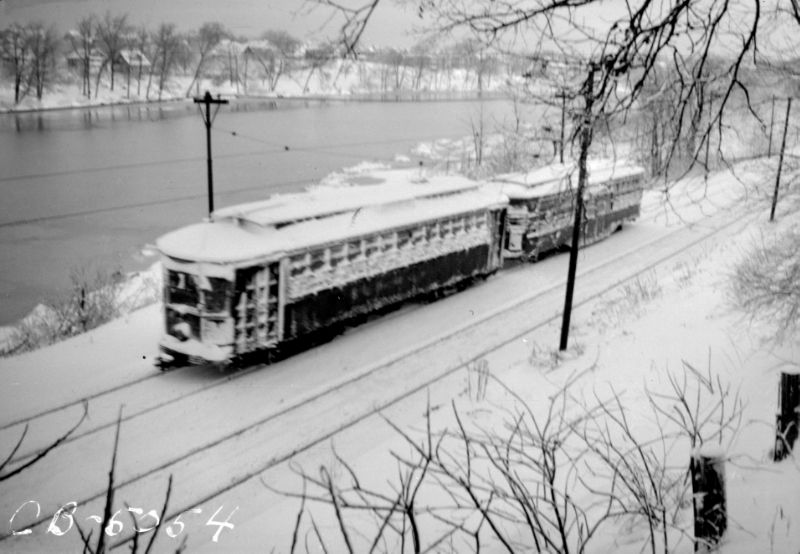An aside, but maybe historical overall to trolley cars..........
http://upload.wikimedia.org/wikipedia/c ... uction.gif" onclick="window.open(this.href);return false;
General Motors streetcar conspiracy
The General Motors streetcar conspiracy (also known as the Great American streetcar scandal) refers to allegations and convictions in relation to a program by General Motors (GM) and other companies who purchased and then dismantled streetcar and electric train systems in many American cities.
Between 1936 and 1950, National City Lines and Pacific City Lines—with investment from GM, Firestone Tire, Standard Oil of California, Phillips Petroleum, Mack Trucks, and the Federal Engineering Corporation—bought over 100 electric surface-traction systems in 45 cities including Baltimore, Newark, Los Angeles, New York City, Oakland and San Diego and converted them into bus operation. Several of the companies involved were convicted in 1949 of conspiracy to monopolize interstate commerce but were acquitted of conspiring to monopolize the ownership of these companies.
Some suggest that this program played a key role in the decline of public transit in cities across the United States; notably Edwin J. Quinby, who first drew attention to the program in 1946, and then Bradford C. Snell, an anti-trust attorney for the United States Senate whose controversial 1974 testimony to a Senate inquiry brought the issue to national awareness. Both Quinby and Snell argued that the deliberate destruction of streetcars was part of a larger strategy to push the United States into automobile dependency.[1] Others say that independent economic factors brought about changes in the transit system, including the Great Depression, the Public Utility Holding Company Act of 1935, labor unrest, market forces, rapidly increasing traffic congestion, urban sprawl, taxation policies that favored private vehicle ownership, and general enthusiasm for the automobile. One writer on the subject has suggested that Snell and others fell into simplistic conspiracy theory thinking, bordering on paranoid delusions[2] saying "Clearly, GM waged a war on electric traction. It was indeed an all out assault, but by no means the single reason for the failure of rapid transit. Also, it is just as clear that actions and inactions by government contributed significantly to the elimination of electric traction."[n 1]
Only a small handful of U.S. cities have surviving effective rail-based urban transport systems based on streetcars or trams, including Newark, Philadelphia, San Francisco, Pittsburgh, and Boston; others are re-introducing them. The story has been explored several times in print, film and other media, notably in Who Framed Roger Rabbit, Taken for a Ride and The End of Suburbia.
http://en.wikipedia.org/wiki/General_Mo ... conspiracy" onclick="window.open(this.href);return false;

